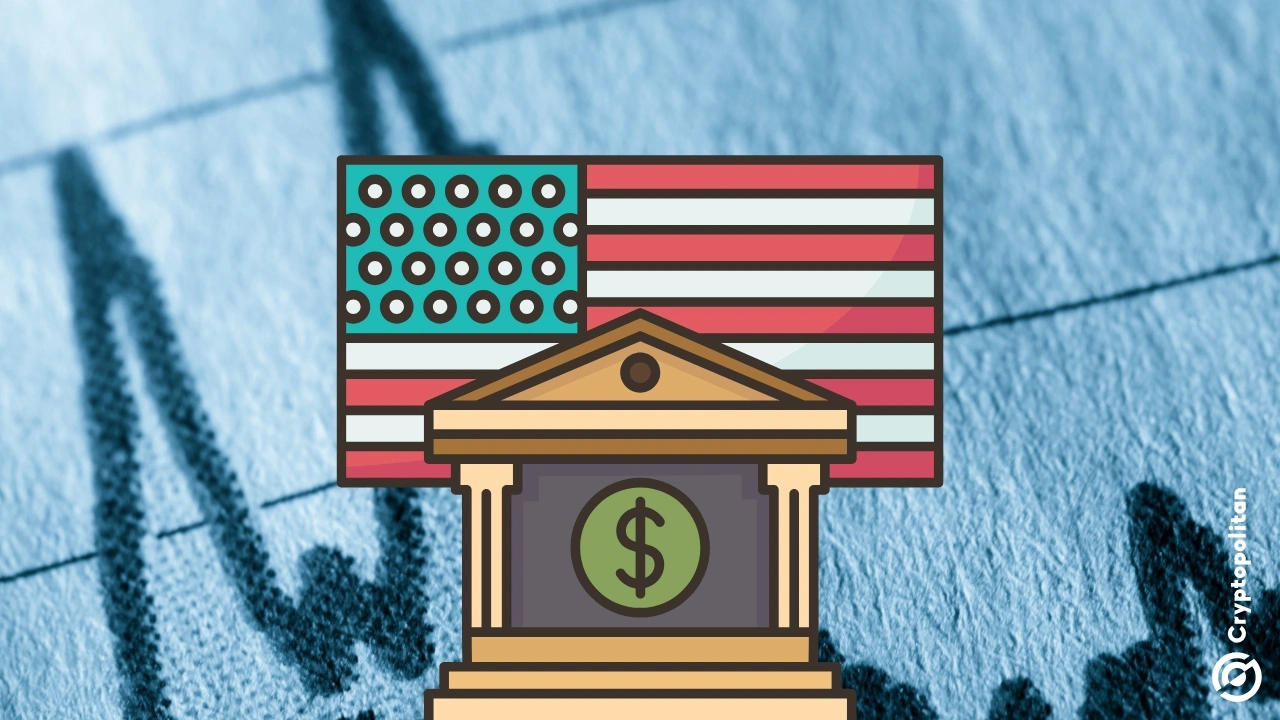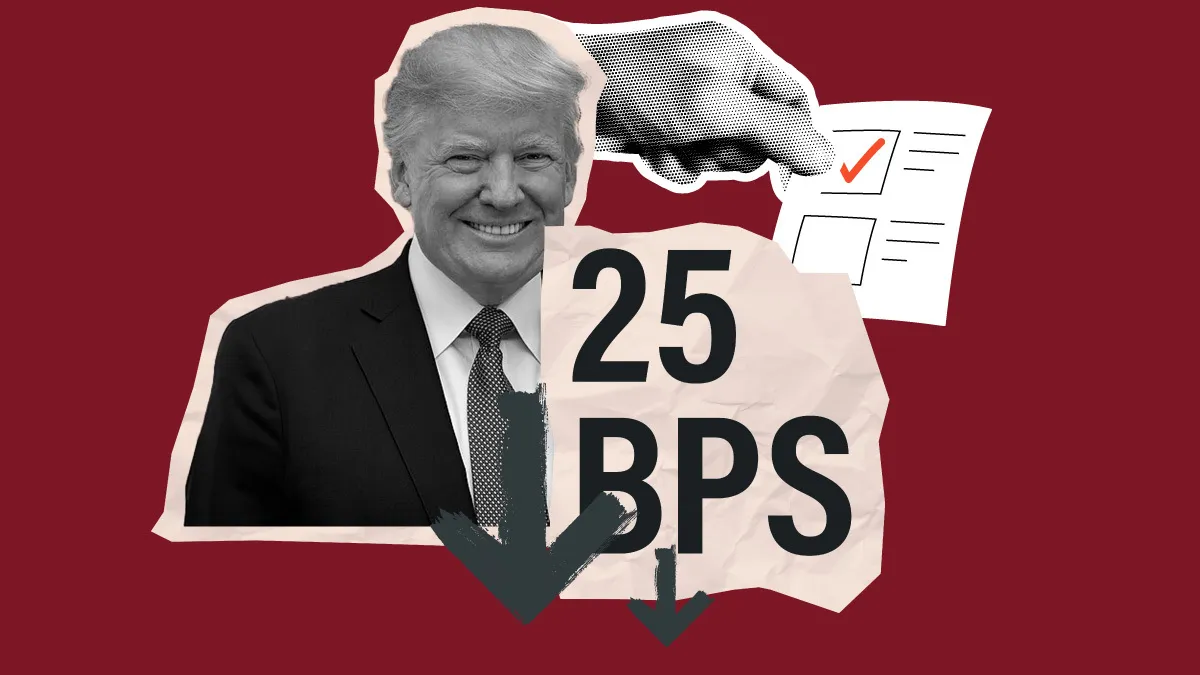The Federal Reserve’s go-to inflation measure, the personal consumption expenditures (PCE) price index, rose 2.3% year-over-year in October, perfectly aligning with market expectations. Monthly inflation ticked up by 0.2%, based on data released Wednesday by the Bureau of Economic Analysis (BEA).
Despite hitting forecasts, these numbers reflect inflation’s refusal to bow to the Fed’s 2% target—a frustrating scenario for policymakers. Core PCE, which strips out food and energy for a clearer picture, surged 2.8% from October 2023 and 0.3% month-over-month, also meeting predictions.
Inflation-adjusted consumer spending barely moved, rising by just 0.1% after September’s upwardly revised 0.5% gain. These numbers tell one thing: inflation isn’t retreating fast enough for anyone at the Federal Reserve to relax.
Services drive inflation surge
The standout story here? Services are doing the heavy lifting for inflation. Core services prices, excluding housing and energy, shot up 0.4% last month—their biggest spike since March. Meanwhile, goods prices stood still, showing zero movement, and energy prices fell 0.1%. Food? Not much action there either.
On a three-month annualized basis, core PCE rose 2.8%, painting a consistent picture of inflation that just won’t go away. Economists rely on this three-month figure for better clarity on inflation trends, and right now, it’s clear that prices aren’t easing the way the Fed hoped when they went on their rate-hiking spree.
The Fed’s PCE obsession isn’t random. This index gives them a bird’s-eye view of inflation because it adjusts for consumer behavior—things like switching to cheaper brands or cutting back entirely when prices climb. The data shows core inflation is sticking around at higher levels, despite months of rate hikes meant to crush it back to the 2% mark.
Spending holds steady, but challenges remain
October’s consumer spending numbers, while not dramatic, do reveal some cracks in the picture. Real consumer spending crept up 0.1%, missing the 0.2% forecast. Unadjusted for inflation, spending climbed 0.4%, matching predictions.
Personal income jumped by 0.6%, way above the 0.3% analysts had penciled in. Yet, despite this income growth, Americans are saving less. The personal saving rate dipped to 4.4%, the lowest it’s been since early 2023.
Broadly speaking, the economy is still chugging along. Gross domestic product (GDP) growth came in at 2.8% for the third quarter, according to a separate government report. No revisions were made to this figure, and it’s clear that healthy household and business spending has been a big driver of this momentum.
But don’t let these solid GDP numbers fool you. Underneath the surface, inflation is still a problem. Fed members are clearly in no hurry to cut rates, especially when the labor market remains tight, and the economy keeps showing resilience.
Policy uncertainty and market reactions
The inflation story doesn’t stop at numbers. President-elect Donald Trump’s economic agenda could further stir the pot. Companies like Stanley Black & Decker are already talking about raising prices next year, bracing for potential higher tariffs under Trump’s policies.
Market reactions to the report were mixed. The Dow Jones Industrial Average rose about 100 points after the data dropped, but the S&P 500 and Nasdaq Composite slipped into the red. Treasury yields dipped as traders recalibrated their expectations.
Betting on the Fed’s next move, investors showed growing confidence that the central bank might cut rates again in December. The odds for a quarter-point cut jumped to 66% after the data hit, according to CME Group’s FedWatch tool. Bitcoin and the broader crypto market remain consolidated.
Still, traders’ optimism clashes with reality. Inflation, though cooler than its peak of 7.2% in June 2022, remains a thorn for households. Lower-income families, in particular, are bearing the brunt of higher prices, even as wages grow.
Housing costs are refusing to cool off. In October, housing-related prices climbed 0.4%, defying expectations that slowing rent growth would ease the burden. This persistent housing inflation is a key factor in why headline inflation remains stubbornly high.
From Zero to Web3 Pro: Your 90-Day Career Launch Plan





